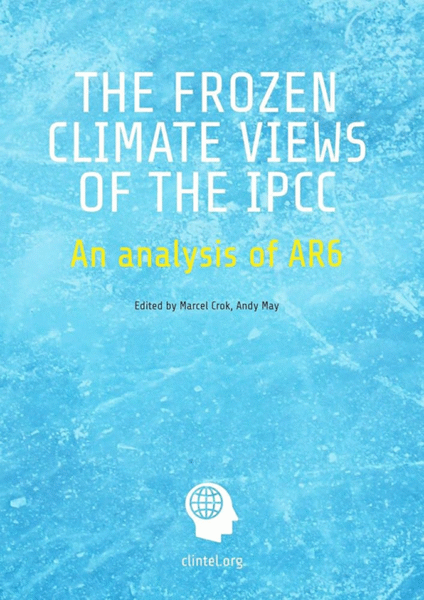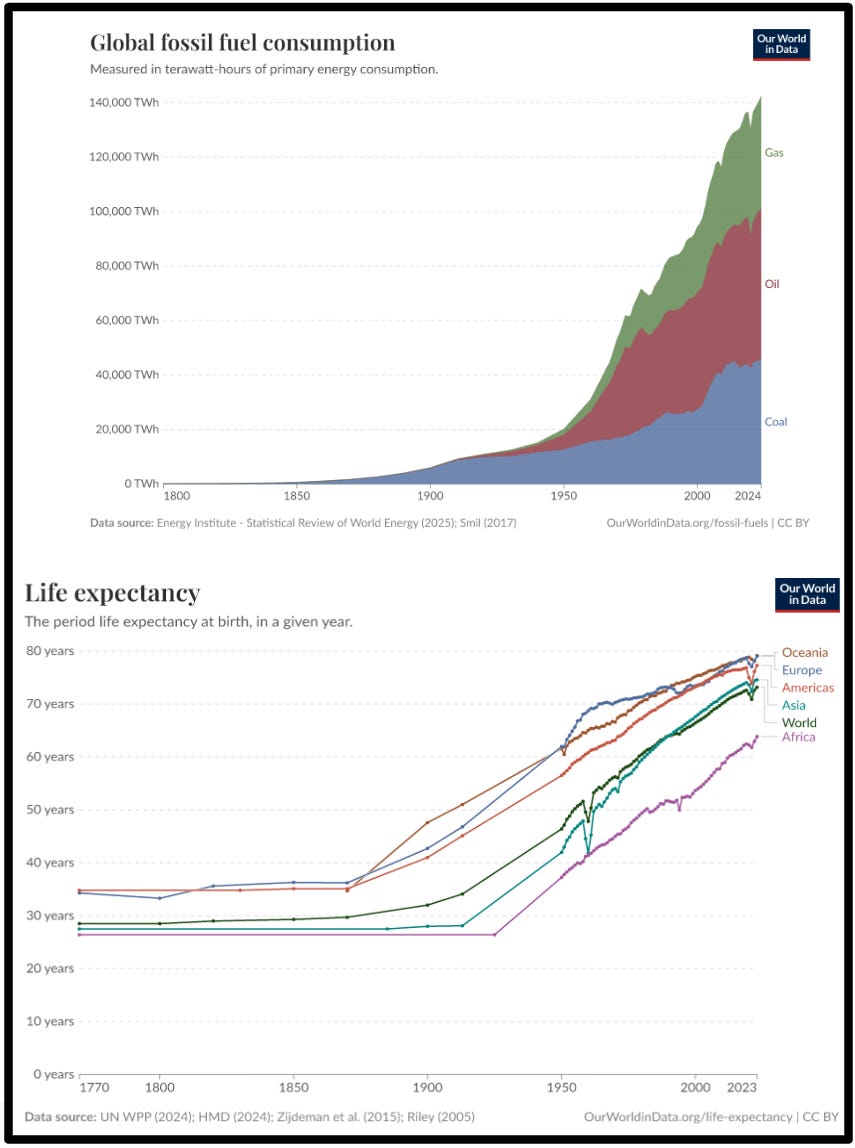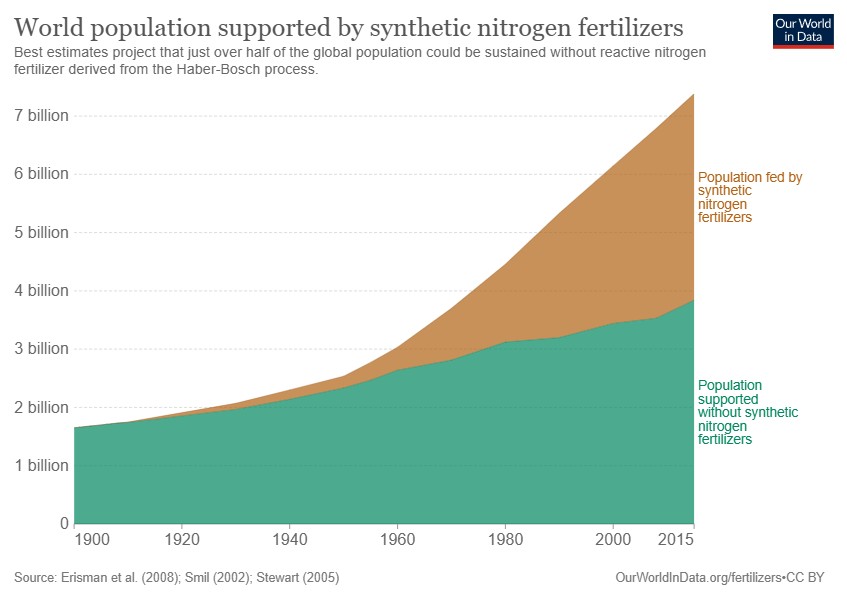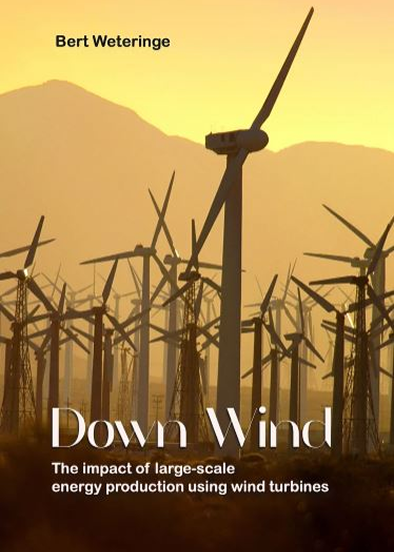How Fossil Fuels Doubled Human Life Expectancy
Climate activists say fossil fuels are killing us. History and data say the opposite.
Two centuries of evidence in one frame: The explosive rise in fossil fuel consumption (top) aligns directly with the unprecedented global increase in life expectancy (bottom).
From 30 years to over 70 in many regions—this transformation wasn’t caused by climate policies, solar panels, or wind farms. It was powered by coal, oil, and natural gas.
Source: irrationalfear.substack.com
Clintel Foundation
Date: 27 July 2025
There is perhaps no more profound transformation in human history than what occurred in the past two centuries. After millennia of short, brutal lives—punctuated by famine, plague, and weather—something shifted. Suddenly, people began living longer, healthier, more comfortable lives. Infant mortality dropped. Women didn’t die in childbirth at the same rates. Food became more plentiful, clean water more reliable, heat more accessible, and medical care more effective.
That shift didn’t happen because we became more moral or spiritual or democratic. It wasn’t due to global treaties or a UN task force. It happened because we unlocked dense, portable, and reliable energy from fossil fuels.
Let’s be clear: nearly every measurable improvement in human well-being since 1850 can be traced back to the power of coal, oil, and natural gas. And no matter how fervently activists try to paint fossil fuels as the villain in their climate morality play, they remain the reason billions are alive and thriving today.
The Data That Should End the Debate
The top panel shows global fossil fuel consumption over time. From 1800 to 1900, it creeps along. But starting around 1900, fossil fuel use begins to rise… and then explodes in the post-World War II era. This is coal, oil, and gas powering the engines of modernity.
The bottom panel shows something even more staggering: life expectancy across regions over the same time period. For thousands of years, it was stuck in the low 30s. Then, suddenly, it soars upward. Europe. Asia. Africa. The Americas. Oceania. Every continent. Every region.
There’s no other variable that explains this parallel shift. Not democracy. Not climate regulation. Not renewables. The timing is too perfect. The magnitude too dramatic. This wasn’t an accident.
This was fossil fuels, powering water purification, sanitation infrastructure, refrigeration, antibiotics, heating and cooling systems, plastics for sterile hospitals, transportation for vaccines, and of course, the Haber-Bosch process that unlocked synthetic fertilizer.
This one-two punch of energy abundance and chemical innovation more than doubled human life expectancy worldwide. That’s not a side effect. That is the legacy of fossil fuels.
Fossil Fuels Feed the Planet
This process feeds over 3 billion people.
Remove it, and the global food supply collapses. Not becomes expensive… collapses. Starvation on a scale humanity has never seen.
And despite green fantasy claims, there are no scalable, economically viable alternatives to the fossil-fueled fertilizer system today. None. The rapid cessation of fossil fuel use, if followed through, is not just a policy misstep; it’s a death sentence for half the planet.
Fossil Fuels Are in Everything That Matters
- IV tubing and sterile packaging
- Insulin and antibiotic precursors
- Electronic components and medical devices
- Food preservation, cold storage, and logistics
- Sanitation systems, water pumps, and sewage treatment
These aren’t conveniences. These are the bedrock of public health. And all of it is powered by the fuels we’re told are destroying the world.
Climate Alarm vs. Human Flourishing
Global crop yields are at all-time highs. CO₂, the very molecule demonized as a pollutant, has boosted plant growth through enhanced fertilization. Drought-adjusted food production is up. Famine is at an all-time low. And as I detailed in “Fossil Fuels’ Critical Role in Combating Heat Waves,” deaths from heat waves are down, not up—precisely because fossil fuels power air conditioning, refrigeration, and modern infrastructure.
There is no statistically valid increase in extreme weather events. No rising death toll from storms or floods. The data simply don’t support the catastrophe narrative.
What they do support is this: energy abundance leads to human resilience.
The Inconvenient Truth No One Wants to Admit
That is not just dishonest… it’s dangerous.
The truth is, fossil fuels didn’t just power the Industrial Revolution. They powered the survival revolution. Billions are alive today because fossil fuels made it possible.
more news
Climate Faithful Admit Need for Fossil Fuels
For years, critics of climate orthodoxy warned that a fossil-fuel-free future was an illusion. Now, even the world’s leading energy authorities are conceding what physics, economics, and reality have long made clear.
Spanish climate realists hold conference: “Without data, there is no crisis”
In mid-November, the first conference of the Spanish Association of Climate Realists (ARC) took place in Madrid. The event drew a full audience at Francisco Marroquín University. According to the organizers — a group of scientists from fields such as climatology, meteorology, biology, and geology — the aim was to open an alternative discussion on climate change. Their central message: fewer slogans, more evidence. “Without data, there is no crisis; without debate, there is no science.”
Time to build reactors fueled by nuclear waste
According to noted stock trader Ross Givens, many investors are pouring money into nuclear energy stocks that may never deliver. Innovative generation IV and V reactor designs remain unapproved by a slow-moving federal government. Yet investors remain hopeful that this bottleneck will soon be removed.








